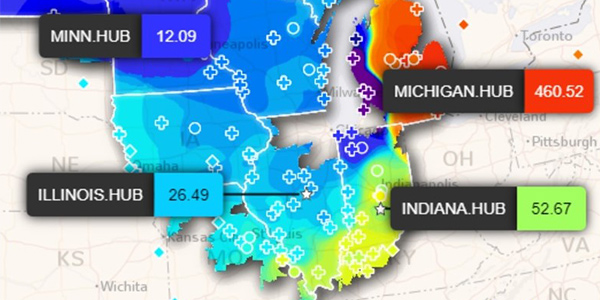Monitor Says MISO Needs Higher Reserve Margin
Jul 12, 2020
MISO’s Monitor said the RTO would be better served by an even higher planning reserve margin, two days after it recorded its first emergency of the summer.




